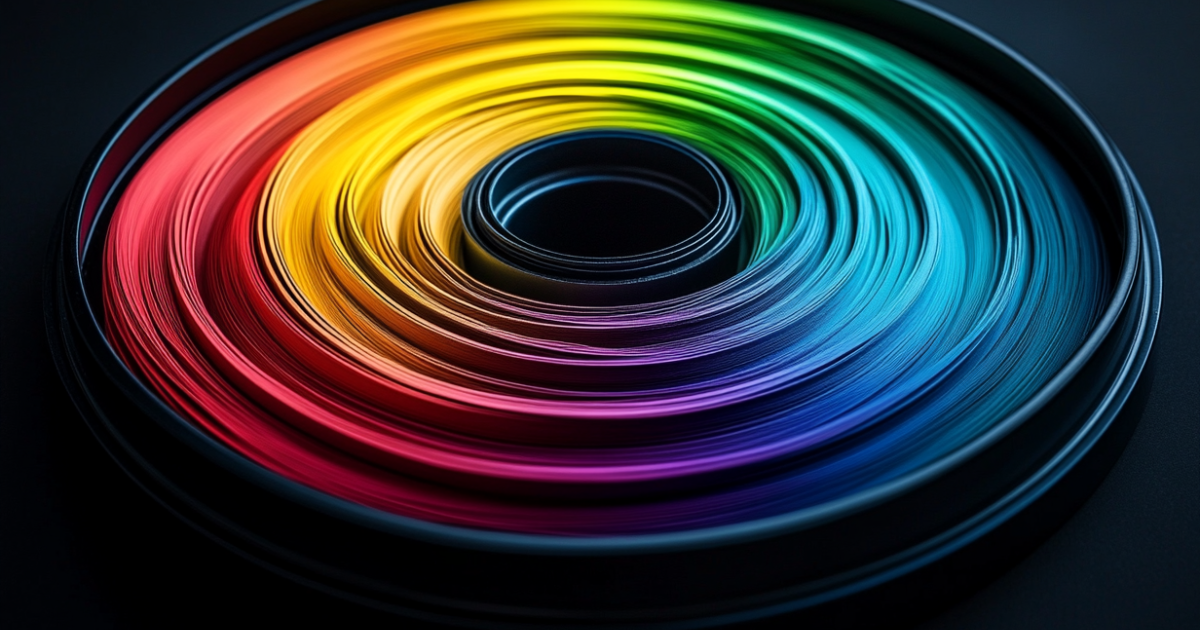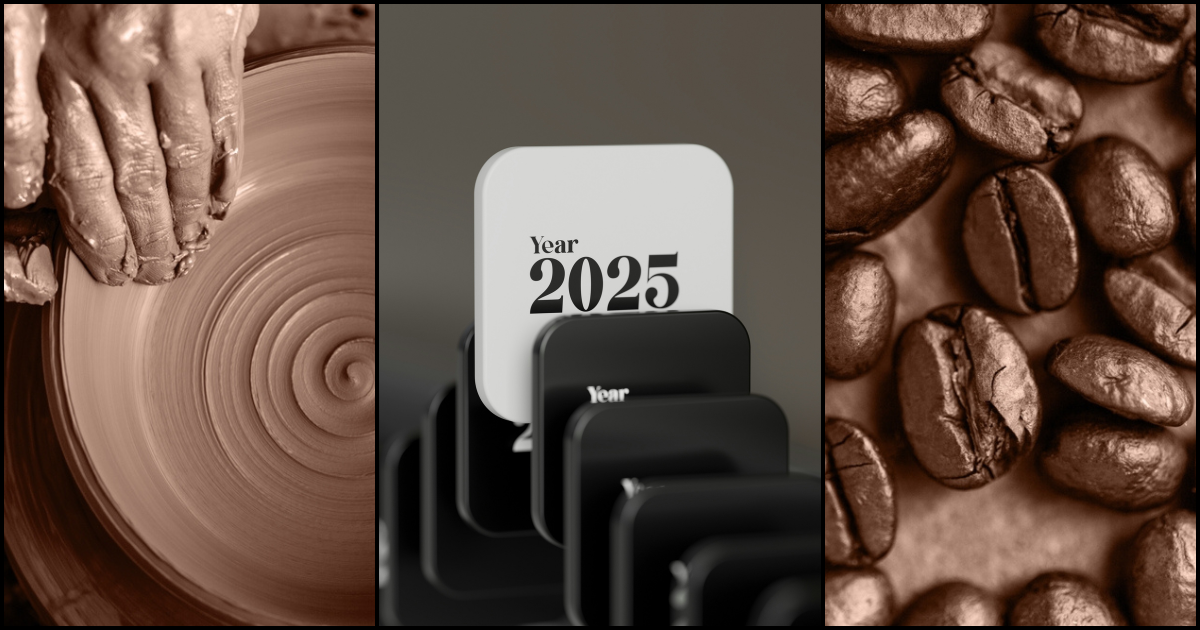Tip of the Week: Use Google Sheets to Check for Broken Links
Want to create your own free broken link checker with Google Sheets? Anyone who works in SEO, marketing, or development has lived through the same...
2 min read
 William McCulley
:
Apr 7, 2025 10:52:00 AM
William McCulley
:
Apr 7, 2025 10:52:00 AM

Listen and Learn On The Go
Ever heard the one about the marketer who boosted conversions by 50% just by changing a button from blue to red? It's a favorite tale in marketing circles—simple, catchy, and, unfortunately, a bit of an oversimplification. While color changes can influence user behavior, expecting a single hue swap to double your conversions is like expecting a fresh coat of paint to double your home's value.
However, understanding and applying color theory can genuinely enhance your website's effectiveness. Let's see how.
At the heart of color theory lies the color wheel—a circular diagram showcasing the relationships between colors. By understanding this wheel, designers can craft palettes that evoke specific emotions and reactions.
 Color Harmonies
Color HarmoniesCertain color combinations, known as harmonies, are naturally pleasing to the eye:
Your brand's colors should reflect its personality and values. For instance, blue often conveys trust and professionalism, making it popular among financial institutions. Aligning your color scheme with your brand message ensures consistency and fosters recognition.
Colors can guide users through your website. Utilizing contrasting colors for call-to-action (CTA) buttons ensures they stand out. For example, if your site's primary color is blue, a orange or red CTA button can draw attention.
Different colors elicit different emotional responses:
By selecting colors that align with the emotions you wish to evoke, you can influence user behavior.
Approximately 8% of men and 0.5% of women experience some form of color vision deficiency. To ensure your website is accessible:
While color theory offers general guidelines, it's essential to test changes with your specific audience:
Demographics and cultural backgrounds influence color perceptions. For instance, while white symbolizes purity in some cultures, it represents mourning in others. Tailoring your color strategy to your target audience ensures resonance and effectiveness.
While changing a button color alone won't revolutionize your conversion rates, a thoughtful application of color theory, combined with rigorous testing and a deep understanding of your audience, can lead to meaningful improvements.
Want to turn more visitors into customers? Let’s craft a color strategy that works. Level Up Your Conversions Today!

Want to create your own free broken link checker with Google Sheets? Anyone who works in SEO, marketing, or development has lived through the same...

Every year we brace for Google updates, but the November 2025 rollout was different. It didn’t just adjust rankings or shuffle winners and losers. It...

You’re driving traffic to your website, maybe even paying for ads, boosting posts, or grinding out SEO. But let’s be honest… if visitors are landing...

Color is one of the most powerful tools in graphic design. It evokes emotions, creates brand identity, and influences consumer decisions. But behind...

Each year, the Pantone Color Institute sets the tone for design, fashion, and branding by unveiling its highly anticipated Color of the Year. For...

1 min read
You’re driving traffic to your website, maybe even paying for ads, boosting posts, or grinding out SEO. But let’s be honest… if visitors are landing...